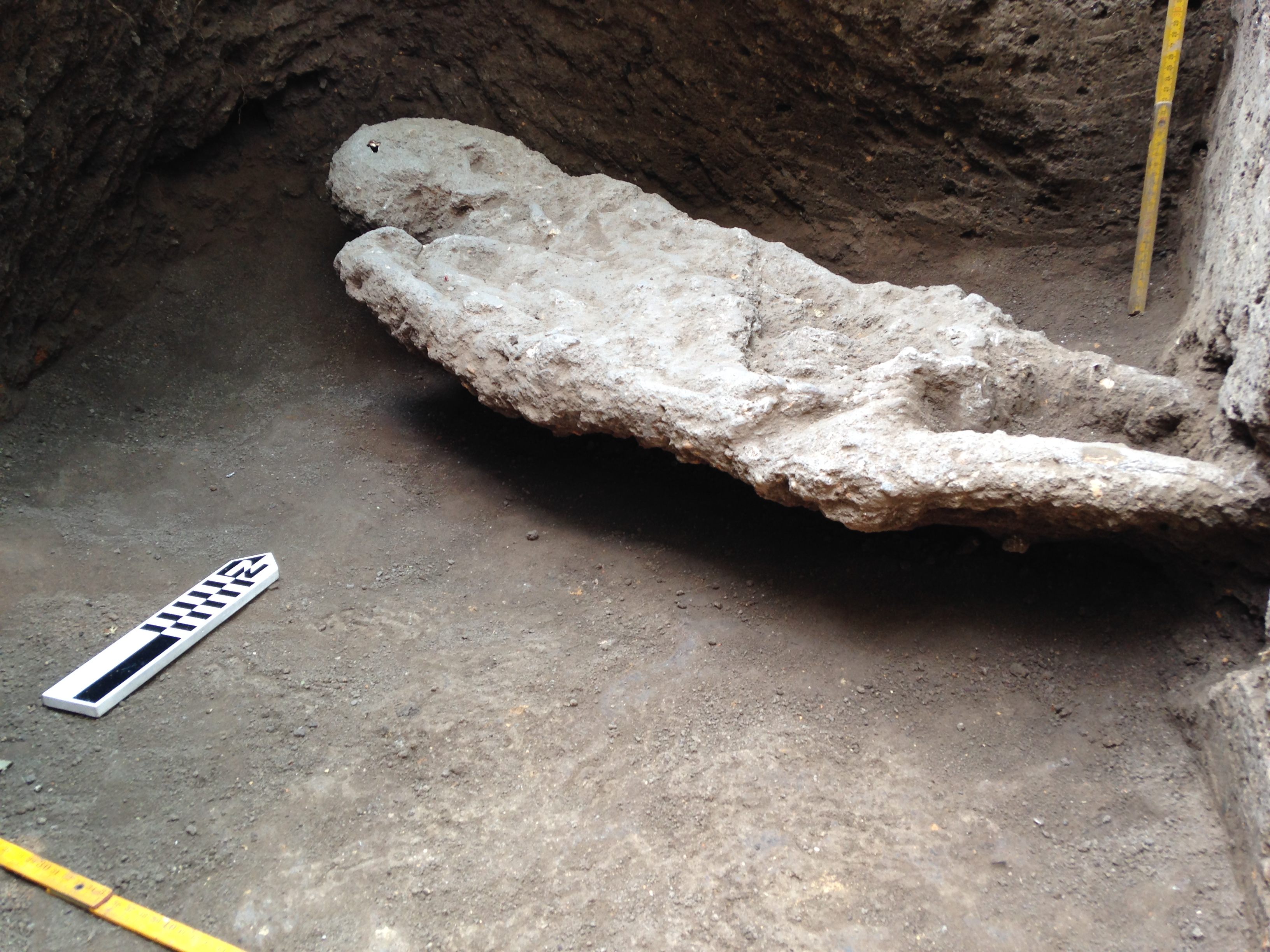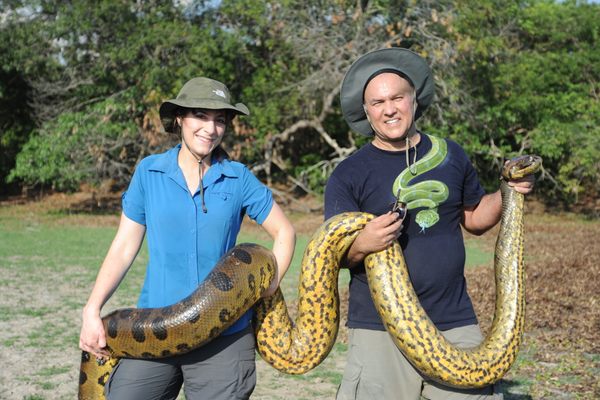Found: One of the Oldest Burial Sites in the Amazon
The discovery could change what we understand about the rainforest’s ancient settlements.

In the Llanos de Moxos region of the Amazon rainforest in northern Bolivia, a team of researchers may have found one of the oldest burial sites ever discovered in southwest Amazonia. Five human burials, along with snail shells, fish bones, and mammal bones, were discovered in the region. The graves are estimated to be more than 6,000 years old and could rearrange the timeline of when people settled and began cultivating the Amazon rainforest. Their findings were published in the journal Science Advances.
The excavations took place on the “forest islands” of Isla del Tesoro, La Chacra, and San Pablo. During the rainy season, the Llanos de Moxos savanna is typically flooded, but these islands offered the perfect refuge for ancient Amazonians escaping flood waters. According to the researchers, it is likely that these islands were used as seasonal settlements.
The burials, along with discarded food remnants and evidence of fires, are all considered the territorial behaviors of a more settled society. During the Early to Middle Holocene period, the settlers at Llanos de Moxos were thought to be hunter-gatherers. With this recent discovery, however, researchers believe that this group may have established the foundation for more complex societies in the region 10,000 years earlier than previously thought.


“These findings suggest that the remaining indigenous populations of the Amazon are the descendants of generations of inhabitants that not only adapted to and transformed this tropical landscape, but also did so in a sustainable manner,” says José M. Capriles, assistant professor at Penn State University and lead author of the study, via email.
By discarding their waste on the islands and constantly returning for extended stays, the ancient indigenous population unknowingly altered the composition of the soil, resulting in thicker vegetation growth and greater land elevation on the islands. When they began to deplete their foraging resources, according to Capriles, they turned to domesticating plants such as peanuts, sweet potatoes, and cassava. Later generations emerging from the area would advance this knowledge of managing the land through building roads, burial mounds, and other earthworks.
There are sure to be other discoveries made across the Amazon regarding ancient civilizations. Those discoveries will continue to alter our understanding of how humans shaped the rainforest, according to Capriles. “Even the most pristine landscape we see today is not the result of the absence of humans in these biomes, he says, “but of extensive landscape practices that in tandem with landscape change, shaped cultural and biological diversity.”










Follow us on Twitter to get the latest on the world's hidden wonders.
Like us on Facebook to get the latest on the world's hidden wonders.
Follow us on Twitter Like us on Facebook